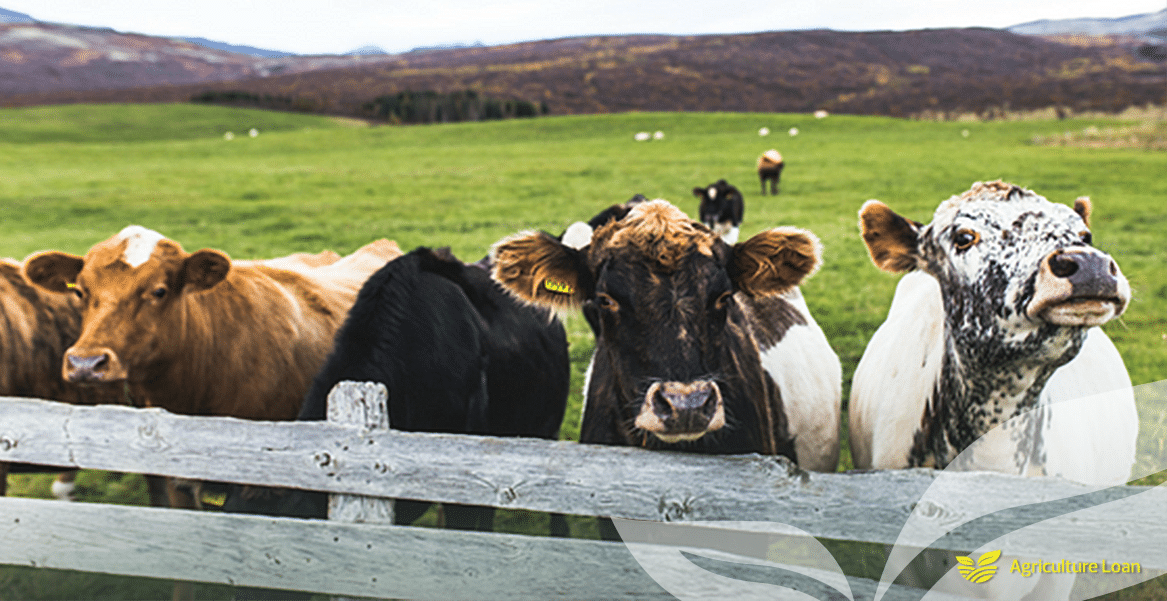

To set up a farm number, read more about what a farm number is and how to get one. FSA Records give your farm a unique identifier and are necessary for applying for any FSA loan. How Can I Apply for an FSA Microloan?įirst, and this is a critical step, you’ll need to set up FSA Records. In fact, to get an FSA microloan, you must have been denied a commercial loan elsewhere. To go more into detail, the FSA is a “lender of last resort.” As opposed to looking at your credit score, they look into your credit history and the reasons why your score may be low. The FSA is less concerned with your exact credit score and more concerned with whether or not you’re able “to obtain sufficient credit elsewhere.” What Credit Score Do You Need for an FSA Microloan? This is much quicker than the typical 3 to 9 months it takes to get a response on a government agricultural grant like the Environmental Quality Incentives Program (EQIP). If you’re looking for immediate support, an FSA microloan is a great option for you because you’ll usually hear back about your loan application within about a month or so after you submit. Here’s a huge advantage: The turnaround time to get your funding is much faster with an FSA microloan than with a government grant. We’ll get to the documentation and proof you’ll need in the next section. So if you want a $50,000 loan, you’ll need at least $50,000 in assets. land, tractor) to collateralize the loan. That means you’ll need to use farm and ranch assets (i.e. You’ll also need to prove that you have the ability to pay it back. Since it’s a loan, you’ll have to pay that money back. Since we’re talking about acquiring land with no down payment, we’ll be referring to ownership loans in this blog post. With an FSA Farm Operating Microloan, you can finance the day-to-day operating of the farm like materials and equipment. What’s the difference? With an FSA Farm Ownership Microloan, you can make a down payment on land. Historically, interest rates for operating and ownership microloans range between 1.5% and 5%.Īt the time of this writing, the interest rates for FSA microloans are: Farm Operating Microloan - 3.875% Farm Ownership Microloan - 4.125% Regardless of which loan you’re applying for, FSA microloan interest rates can’t be beat. That’s a max of $50,000 for each category - operational and ownership. The FSA will lend beginning farmers up to $100,000. It gives valuable tips for how to gain experience and how you can prepare yourself for a successful new farm in the meantime. What if you don’t have much farm experience yet? Take a look at our guide for how to start a farm with little experience or money.

If you’ve had a year of business training or a post-secondary degree in agriculture, you can substitute that as experience, but that’s only for ownership loans (we’ll get to what those are in a moment). This can include working on someone else’s farm with significant leadership and decision making authority. To qualify for ownership FSA loans, a farmer should have at least three years of direct farm management experience. But that qualification is not enough to secure an FSA loan in and of itself. To the USDA, a “beginning” farmer has more than three but fewer than ten years of farming experience. The Farm Service Agency’s (FSA) loans are low-interest loans specifically designed for “small, beginning farmers, niche and non-traditional farm operations.” In other words, FSA microloans fund land acquisition and farm operations and are a great option for first time farmland buyers and beginning farmers and ranchers.īeginning farmers qualify for FSA loans, but the term “beginning” can be misleading. Our answer: Fortunately, there’s a federal loan program out there that doesn’t require a down payment. At FarmRaise, one of the most common questions we’re hearing from our first time farmers is “how can I get a farm ownership loan if I can’t afford the down payment?” Operating costs such as buying a new tractor, building a barn, fertilizer, livestock, seed, fencing and even living costs can really set a new farmer back. It’s no secret that starting a farm can be capital intensive.


 0 kommentar(er)
0 kommentar(er)
